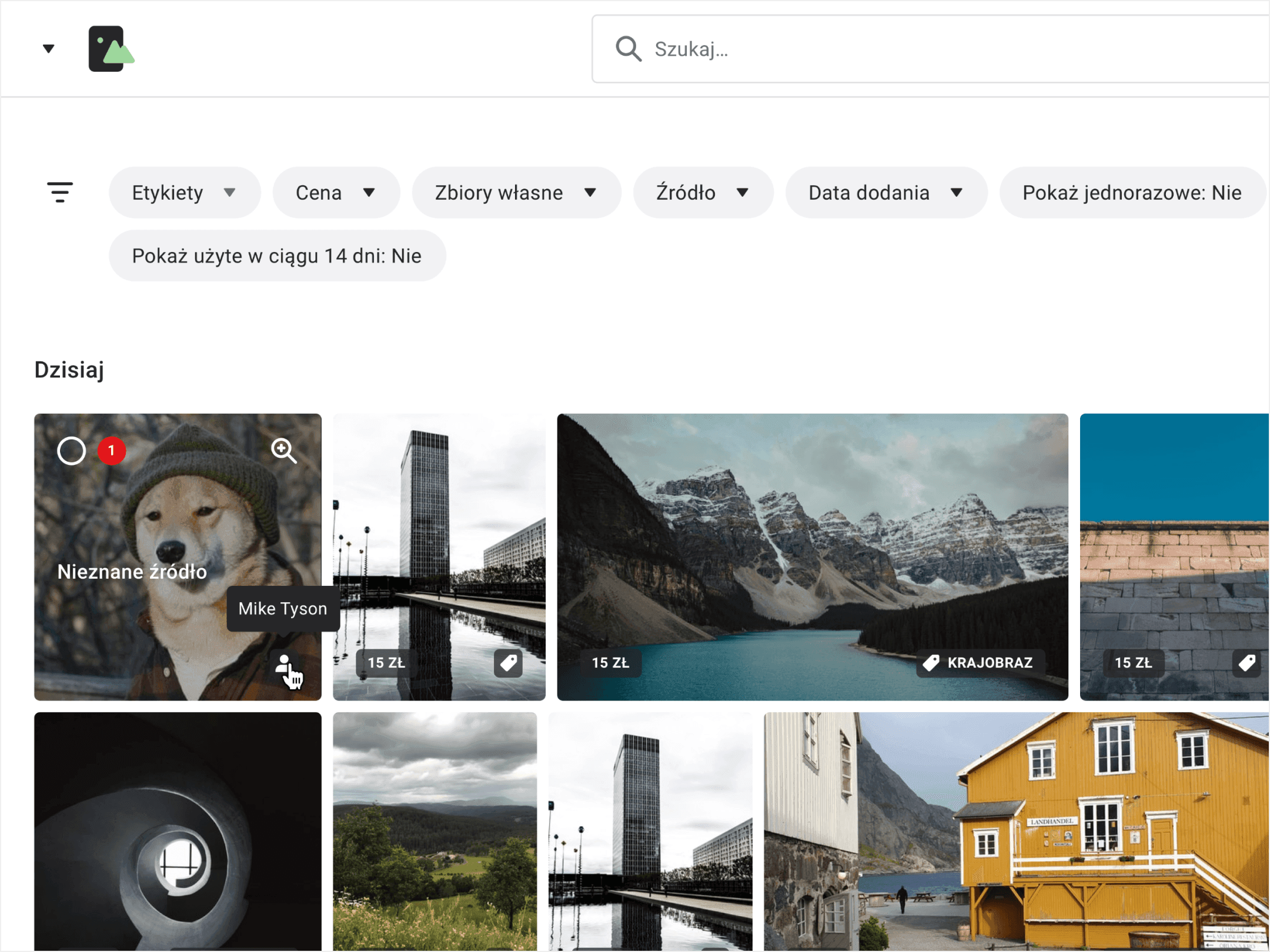What is the difference between B2B and B2C e-commerce design?
16 Mar 2022
The word "e-commerce" is usually associated with an online shop, where we satisfy our needs: we buy clothes, books, or electronic devices.
However, B2B e-commerce, or business-to-business electronic commerce, in which companies supply companies, appears more and more online. Autentika has completed many e-commerce projects, and we can say one thing: there is a big difference between B2B and B2C e-commerce!
What is the difference between an online shop for businesses and an online shop focused on the regular consumer?
At first glance, shopping for business won't be much different than shopping for your own needs. However, you should pay attention that e-commerce for business has various dimensions.
From simple purchases such as small office equipment to the sale of wholesale quantities of goods for resale. The ability to purchase factory equipment, semi-finished products, and components for production lines or various types of professional equipment.
Autentika has completed B2B e-commerce projects for many companies worldwide. A common feature of these projects was many analyses that had to be performed before building the online shop itself.
We noticed a lot of differences between business and consumer market, and the key ones are:
1) The need for a very accurate product description
Let's show it with an example of a jumper. The customer is usually interested in the price, available colors, sizes, material. Information on sleeve length or collar size is rare and not required.
A B2B customer who wants to purchase a large batch of jumpers for resale will be interested in the exact dimensions, the weight of the packaging, the number of packages on a pallet, the logistics minimum, the conditions for return, and warranty claims, etc.
In the case of advanced technical equipment, such as factory equipment, the number of parameters needed for the buyer may be enormous. A buyer will be more interested in a detailed technical drawing or a description of the machine installation than in color photos.
2) More variants and configuration possibilities
The number of options available for a given product can be many times greater than in the consumer market. Sometimes products on the B2B market should be tailored to the specific requirements of the buyer.
The sales offer may consist of several thousand products, available in many variants, with price ranges from a few euros to tens of thousands per item. Description and categorization of such a large number of products require a lot of work and must be well thought out.
3) The different ways in which consumers use the goods they buy
While the consumer buys things for himself or as a gift, we have many more options on the B2B market. Goods are purchased to satisfy the needs of a company ( office or production line equipment). They can also be intended for further resale.
Further purchasers may be end-users or companies that offer services (the construction sector: roofs, windows, gates). They can also be industrial companies that use purchases in production (cars or electronic devices). The options are many, so the shop must adapt to this.
4) Different prices, delivery and payment terms
In the B2B market, whether offline or online, different buyers have different terms and conditions due to the volume of purchases, the length of time they have been working with a contractor, or simply the discounts they have negotiated.
The online purchasing process must take this into account. In the consumer market, the price for a mobile phone or TV in a shop is the same for everyone. In the business market, each customer may have negotiated different terms and conditions.
5) A different purchase path
In the case of the consumer market, the purchasing path is simple. First, you add things to your basket, confirm, and make a payment by credit card or directly from your account. After a few clicks, the money is already in the company's bank account. The processing of your order begins. Formalities are reduced to a minimum. In a well-designed shop, placing an order and payment will take seconds.
In B2B, goods may be put into a virtual basket by, for example, an employee of the purchasing department, but then the order requires the approval of the department's head, and in the case of the larger purchases - by a person or persons from the management board. If payment for the goods is deferred - the purchasing process must include a way of explicitly confirming the order and thus the obligation to pay. The purchase path must consider many more scenarios in the business version.
6) Need for advice
Often advanced machines require additional consumables or complementary equipment. It is good to know whether they can work with other parts of the production line or what conditions are necessary for installation. In the purchasing process, it is worth including the possibility of consulting a person who can competently answer these questions.
Conclusion
The above list of differences between B2B and B2C markets shows the scale of the challenges you face when building an online sales channel in the business market. The purchase path in the Business-to-Business sector is much longer and more complicated. The value of the shopping cart is much higher. It can run into hundreds of thousands of euros. Each mistake can cost far more than an abandoned shopping cart with a DVD.
To properly implement an online sales channel in the B2B sector in our projects, we do a lot of research and conceptual work before building a shop. Due to a complicated purchasing process, it is necessary to know the client's market in detail, its products, how they are purchased, and further use. Only such an analysis and its detailed description form the basis for future work on the online shop.
One is certain: the B2B market has boldly opened up to the online sales channel and is growing. In the Salesforce report "State of commerce" already 83 % of the surveyed companies from the B2B sector sell over the Internet. Of these, nearly one in three companies derive more than half of their revenue from digital sales channels. The importance of this sales channel is expected to grow.
A visible trend is the changing role of salespeople due to the development of digital forms of contact. Some projects involve the creation of self-service portals where companies can make simple, repeatable purchases. The role of sales representatives is evolving into consultants who can help with unusual issues. It means that expectations of their expertise are rising.
The companies surveyed have reported the value of an average order made through a self-service portal being 50% lower than an order made directly with a merchant. The right combination of digital and traditional channels boosts sales. For this to happen, sales staff need to be close to their customers, keeping up to date with market developments and news. Companies that are particularly successful in the e-commerce sector go much deeper into the customer relationship and ask about their needs.
Interestingly, although digital sales channels allow recipients of goods to place orders themselves, this does not mean mass layoffs in sales departments. In the Salesforce report cited above, 37 percent of respondents indicated that e-commerce didn't change sales headcount, and 31 percent said that sales growth has even increased headcount.
The report also shows that thanks to digital sales channels, salespeople have more time to listen to customers' needs and spend less time dealing with customers making small orders. It saves the time that they used to handle the phone and ... fax. Yes, fax is still alive in the B2B sector.
The Covid-19 pandemic locked us into our homes and interrupted the traditional forms of commercial meetings and shopping that had existed for years. At the same time, it accelerated the process of digitalization. The purchasing process was already moving online before the pandemic broke out. But the enforced lockdown has accelerated it at a hurricane speed.
What does the future hold for B2B e-commerce? Will automation completely replace offline sales and human contact? In our opinion, not. The direction of development is well refined and thought-out portals, which enable self-service implementation of simple orders on the one hand. On the other hand, quick contact with a professional advisor who will help with complex projects.



